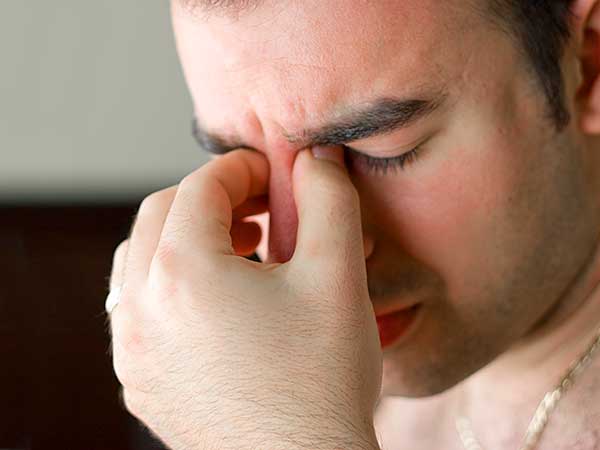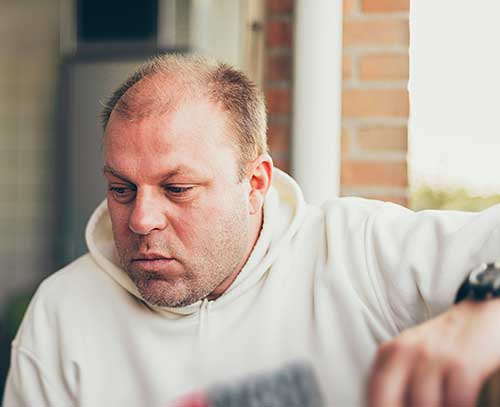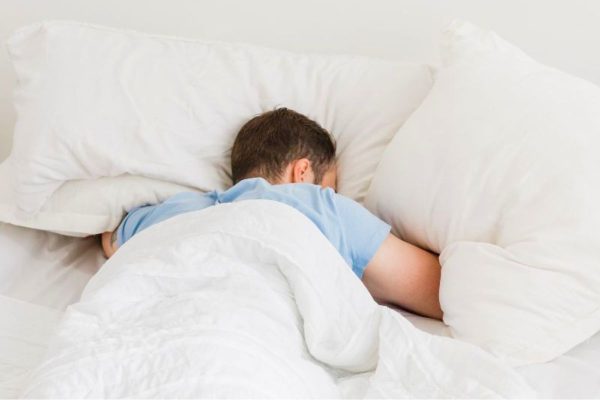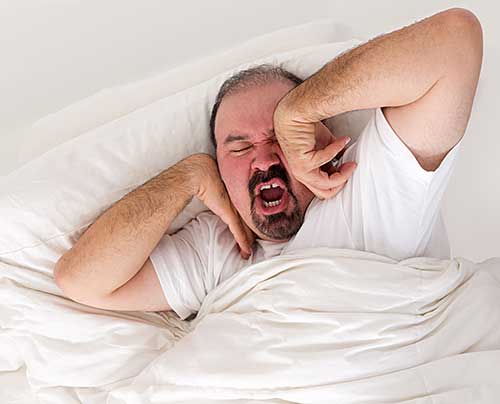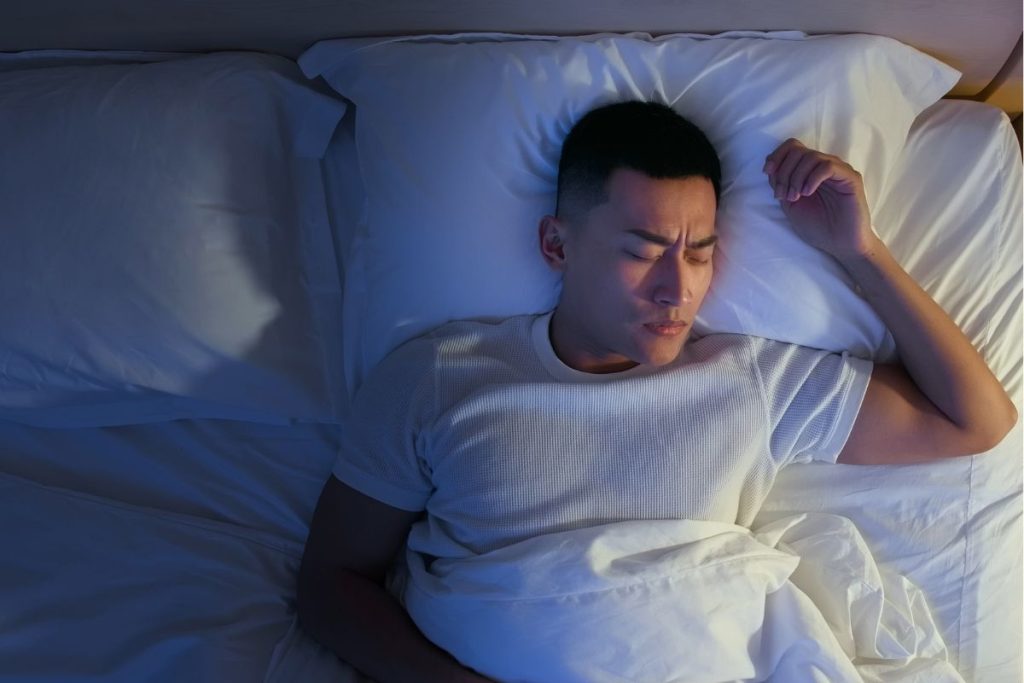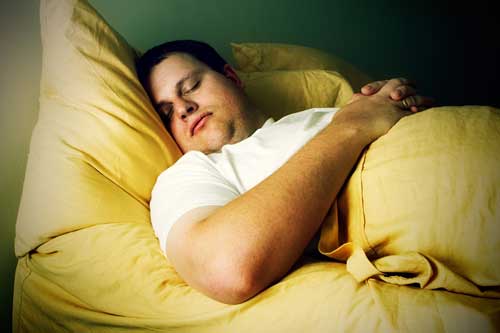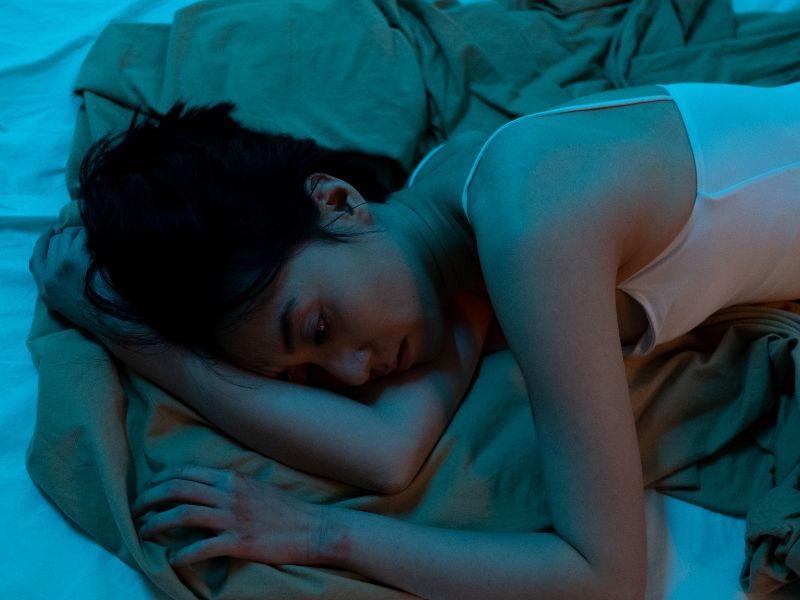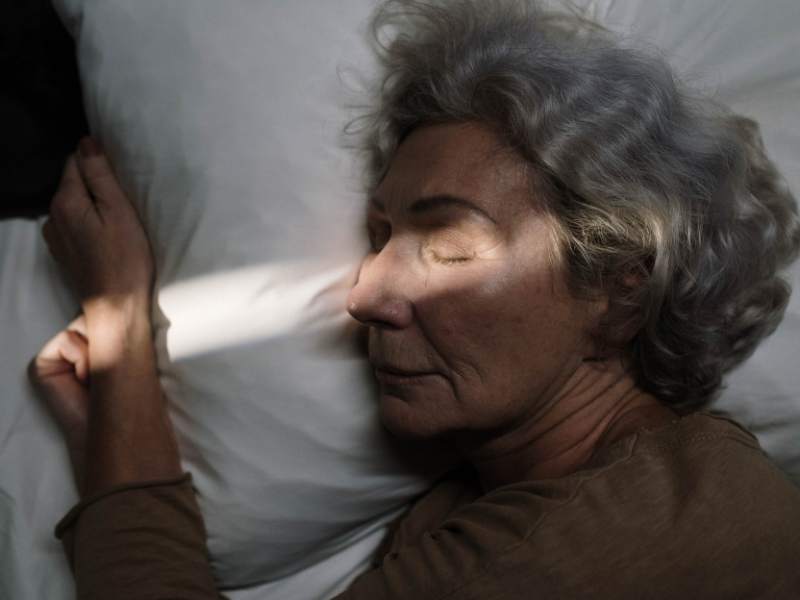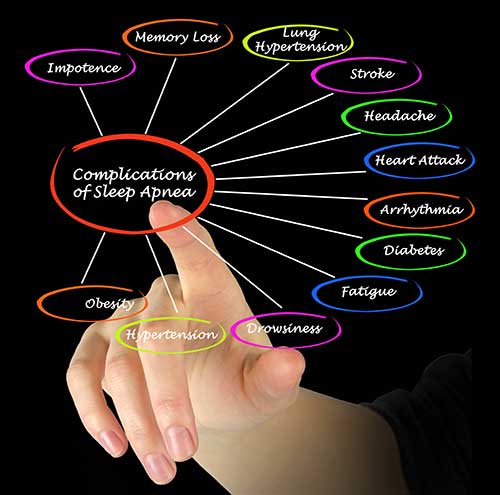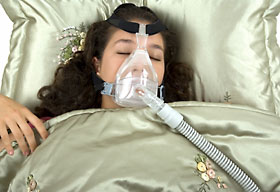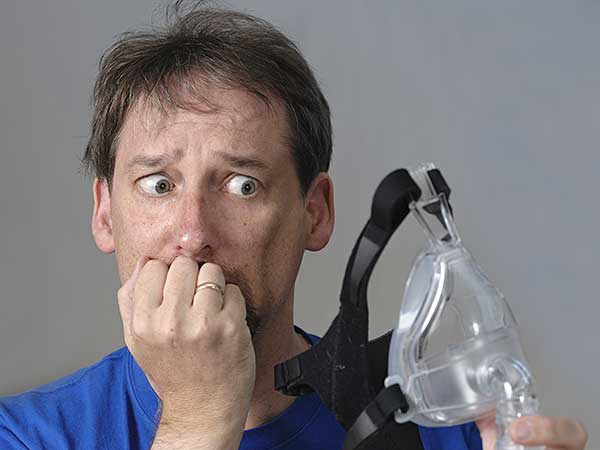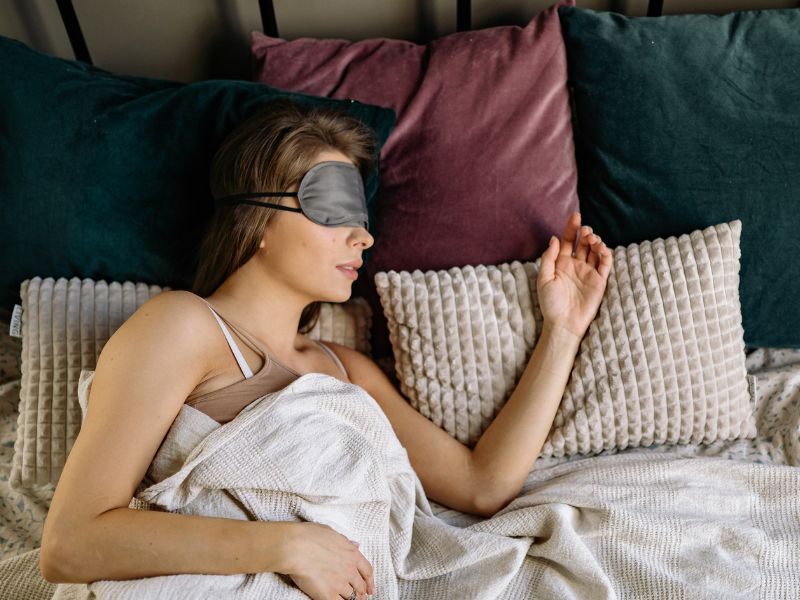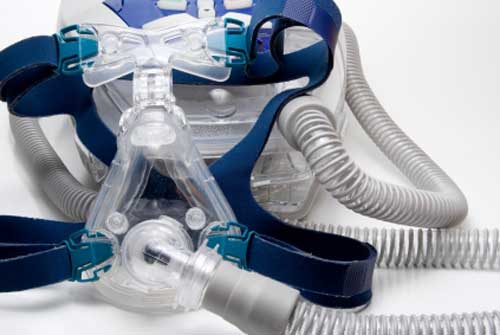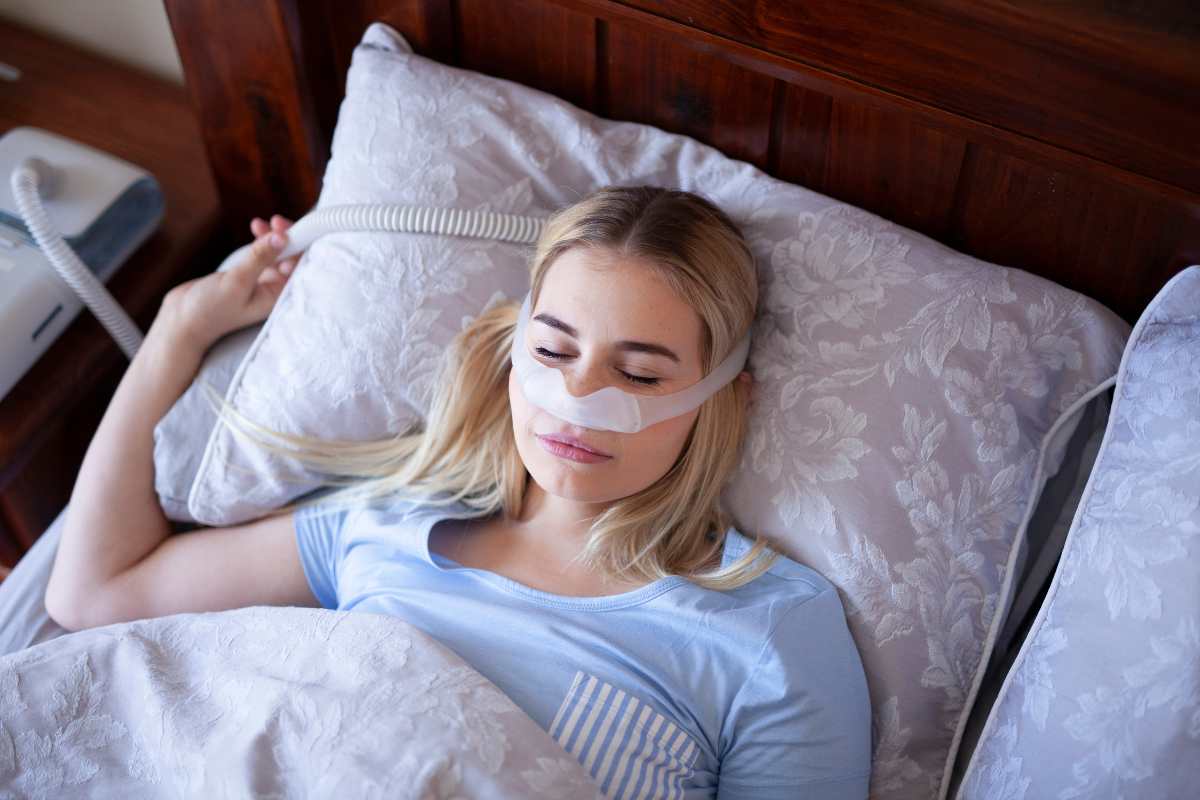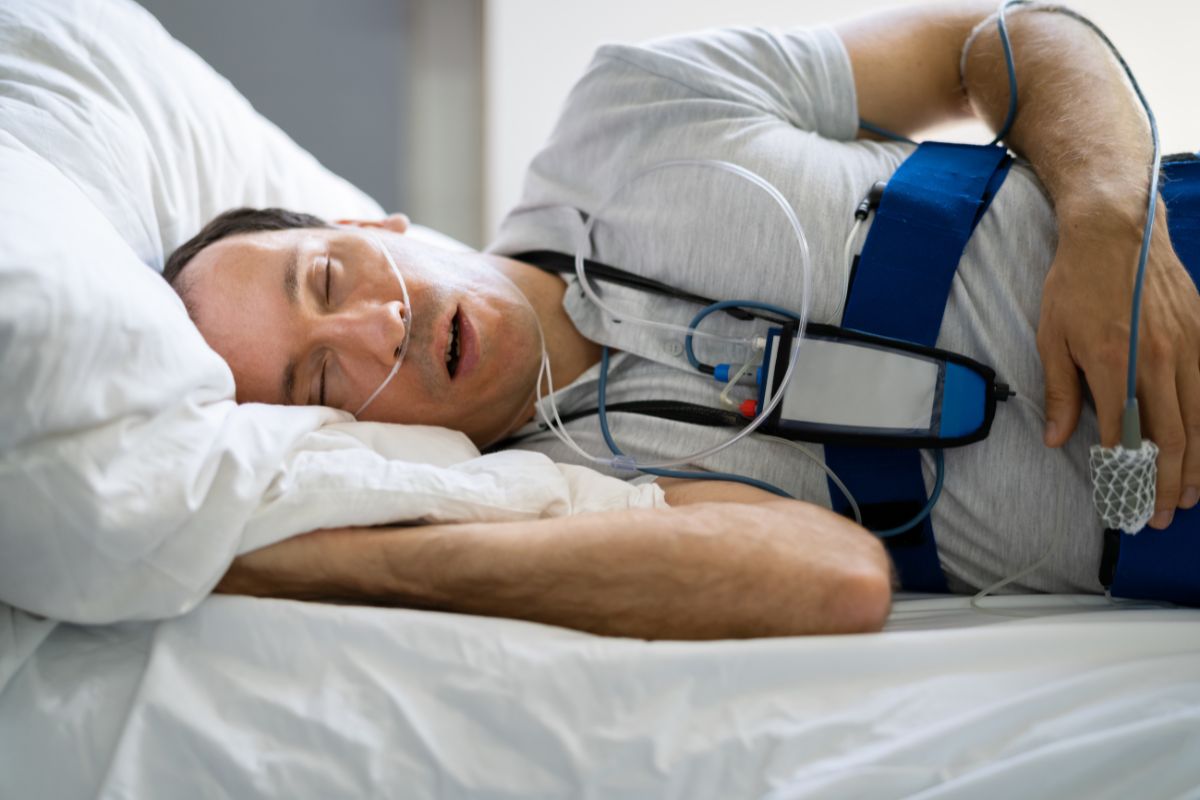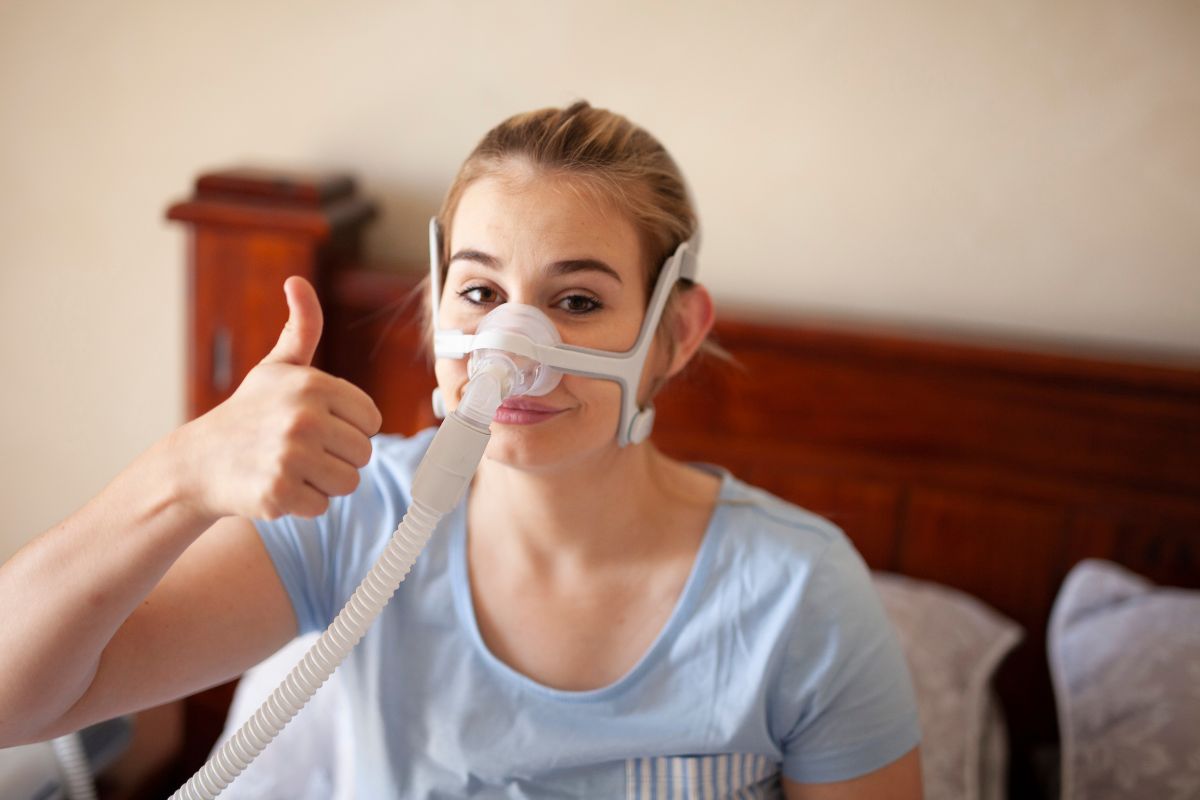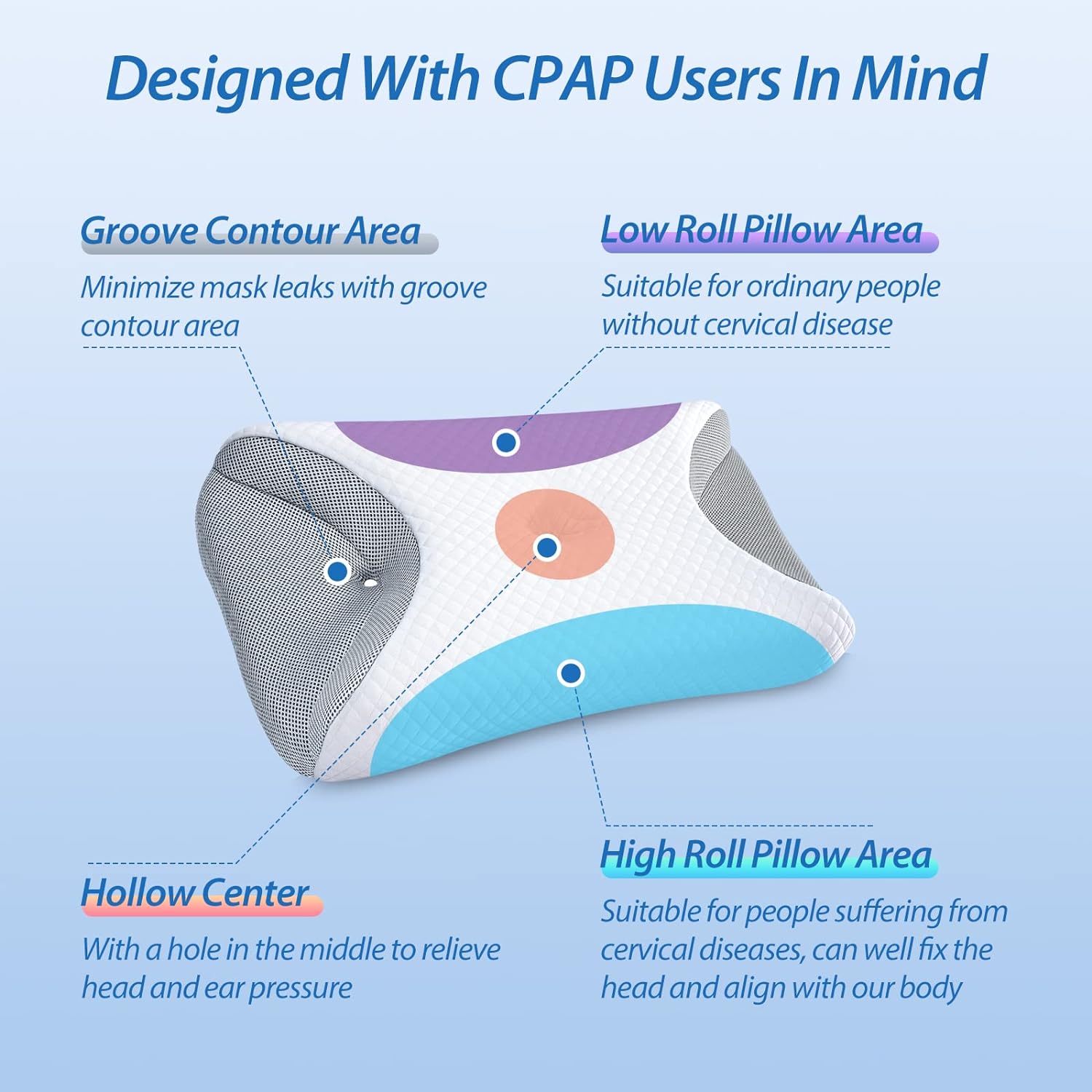Sleep apnea, sometimes spelled as “sleep apnoea,” is a serious sleep disorder that can potentially be fatal if left untreated. It’s characterized by interruptions in breathing during sleep, leading to missed breaths that can go unnoticed and undiagnosed for years. There are three main types of sleep apnea, each affecting breathing in different ways.
Understanding Sleep Apnea
Sleep apnea is essentially an interruption to breathing during sleep. This interruption can result in one or more missed breaths, often going unnoticed and undiagnosed for years. The disorder can lead to a lack of restful sleep, causing symptoms like daytime tiredness and fatigue.
There are three main types of sleep apnea:
Central Sleep Apnea (CSA)
This occurs when there is insufficient respiratory effort, and breathing stops intermittently throughout the night. This is due to the brain failing to send signals to the body to breathe. It can be caused by factors such as brain injury, virus, tumor, or chronic respiratory disease.
Obstructive Sleep Apnea (OSA)
This type is due to a physical obstruction that prevents a proper breathing pattern. It’s most common among overweight individuals, but other causes can include enlarged tonsils or adenoids, deviated septum, enlarged tongue, and relaxed neck muscles.
Complex Sleep Apnea Syndrome (CompSAS)
This refers to a combination of central and obstructive conditions that cause apnea episodes.
Symptoms of Sleep Apnea
The symptoms of sleep apnea are often noticed due to the lack of restful sleep they cause. These can include daytime tiredness and fatigue. In some cases, the apnea is noticed by a spouse or family member.
Causes of Sleep Apnea
The causes of sleep apnea can vary depending on the type. Central sleep apnea is often caused by issues with the central nervous system, while obstructive sleep apnea is usually due to physical obstructions in the airway.
How To Know If You Have Sleep Apnea
Diagnosing sleep apnea typically involves a sleep test or sleep study. These tests monitor the electrical activity of your brain and the oxygen saturation levels of your blood.
Treatment Options
Treatment options for sleep apnea range from lifestyle changes to medical devices and surgical options. In mild cases, simply sleeping on your side can help. More severe cases may require the use of Continuous Positive Airway Pressure (CPAP) machines or even surgery.
Living with Sleep Apnea
Sleep apnea is a serious but manageable condition.
Living with sleep apnea can be challenging, but with the right treatment and regular follow-ups, it can be managed effectively.
If you’ve been feeling fatigued for a long time and don’t feel rested after a night’s sleep, especially if you’re overweight, it’s important to see your doctor and ask about being checked for sleep apnea.
With the right knowledge and treatment, those suffering from this disorder can lead healthy, restful lives. Always remember, your health is in your hands, and taking the first step towards understanding your condition is half the battle won.
Here are the related articles I’ve written about sleep Apnea, to help you with understanding sleep Apnea better
This article discusses the various side effects of sleep apnea, including both physical and mental health issues. It highlights the importance of treating sleep apnea to prevent these side effects and improve overall health.
This piece outlines the common symptoms of sleep apnea, such as loud snoring, daytime fatigue, and frequent awakenings during the night. It emphasizes the need for medical attention if these symptoms are present.
This article explains the process of diagnosing sleep apnea, including the use of sleep studies and other diagnostic tools. It also discusses the importance of early diagnosis to prevent further health complications.
This piece explores various cures for sleep apnea, from lifestyle changes to medical devices and surgery. It emphasizes that the best cure depends on the individual’s specific circumstances and the severity of their condition.
This article provides an overview of the Pillar Procedure, a minimally invasive treatment for sleep apnea. It discusses how the procedure works, its benefits, and potential side effects.
Sleep Apnea and Diabetes: This piece discusses the link between sleep apnea and diabetes, explaining how sleep apnea can increase the risk of developing type 2 diabetes and worsen blood sugar control in people who already have diabetes.
This article explores the potential for sleep apnea to cause death, discussing the serious health risks associated with untreated sleep apnea, including heart disease and stroke.
This piece delves into the potential for sleep apnea to lead to death, discussing the serious health risks associated with untreated sleep apnea, including heart disease and stroke.
This article discusses the relationship between weight gain and sleep apnea, explaining how excess weight can contribute to the development of sleep apnea and how managing weight can help alleviate symptoms.
Sleep Apnea Masks: This piece provides an overview of different types of sleep apnea masks, discussing their features, how they work, and how to choose the right one.
Sleep Apnea Devices: This article discusses various devices used to treat sleep apnea, including breathing machines and dental appliances. It highlights their effectiveness in preventing obstructive episodes of sleep apnea.
This piece discusses the use of specially designed pillows to help alleviate sleep apnea symptoms. It explains how these pillows work to adjust the position of the head and neck, preventing airway blockage during sleep.
This article provides an overview of various sleep apnea supplies available in the market, including CPAP machines, VPAP/BiPAP machines, and APAP machines. It emphasizes the importance of using these supplies regularly to control sleep apnea and improve overall health.


